DAME STREET
As I went to school nearby I have always liked this area of the city, not that I liked school. However then Temple Bar, as it is today, did not exist. In 1968 I worked [outside school hours] as a trainee electronics engineer for ITG a company that imported Hi-Fi equipment from the USA and Japan. They owned a lot of property off Dame Street. By the way the pay was very good and they gave me huge discounts allowing me to buy and resell equipment.
The street takes its name from a dam built across the River Poddle to provide water power for milling. It appears later as Dammastrete and Damask-street. There was a medieval church of St. Mary del Dam which was demolished in the seventeenth century. Sir Maurice Eustace, Lord Chancellor of Ireland 1660–1665, built his townhouse, Damask, on the site.
The former Central Bank of Ireland headquarters, now known as Central Plaza, on Dame Street was built in 1975. It was initially higher than planning permission allowed, though this was retrospectively rectified. The new building was built on a parcel of land on which was a collection of Victorian and Georgian buildings including the Commercial Buildings. The Commercial Buildings dated from 1796, and were associated with the Ouzel Galley Society. This building also featured a paved courtyard which served as a pedestrian shortcut between Merchant's Arch and the Ha'penny Bridge beyond. Initially planners wanted the facade the building retained, but it was discarded and eventually a replica was constructed in the scheme. Commenting on the scheme in September 1972, Architects' Journal stated that the proposed building was "an exercise in how to do the greatest urban damage". The Bank left the premises in March 2017, and moved to North Wall Quay. In comparison, Northern Bank, retained the Italianate headquarters of the Hibernian Bank both the exterior and interior, with redevelopment taking place behind the streetscape.
The street features a modern square, Barnardos Square in front of Dublin Castle and to the side of City Hall. The site had been occupied by a row of shops, one of which was the birthplace of the square's namesake, Thomas John Barnardo. Before its redevelopment, the site had been cleared of the Georgian terrace of buildings which were demolished in the mid-1970s as part of a road widening development. One of the surviving buildings from the block is the headquarters of the Sick and Indigent Roomkeepers' Society. In the 1980s there was a proposal to create a park on the site.







-
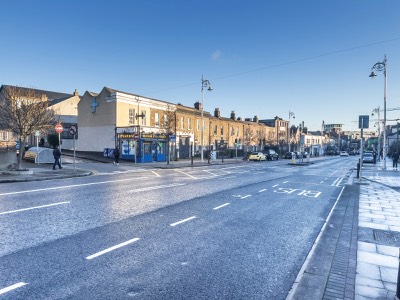
MANOR STREET
-
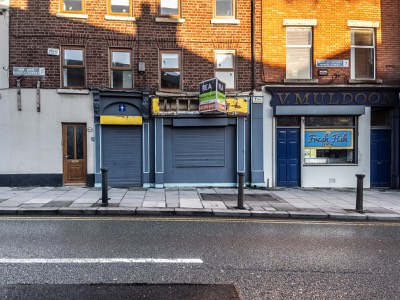
PRUSSIA STREET
-
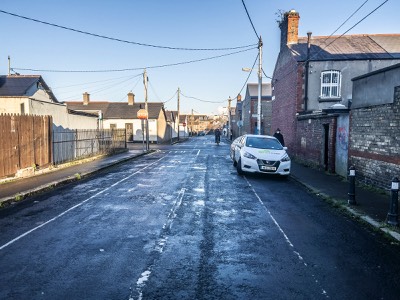
HALLIDAY ROAD
-

BEN EDAIR ROAD
-

KIRWAN STREET
-
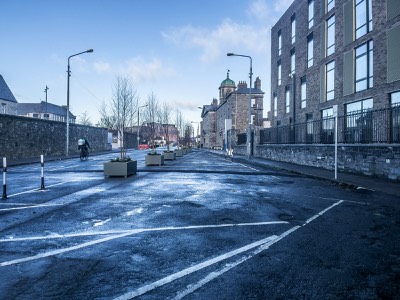
LOWER GRANGEGORMAN
-
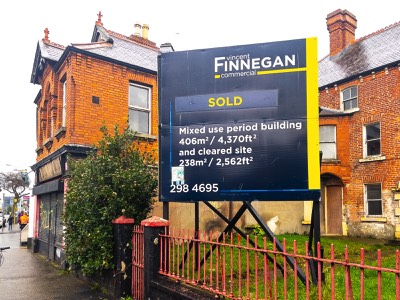
HAROLD'S CROSS ROAD
-
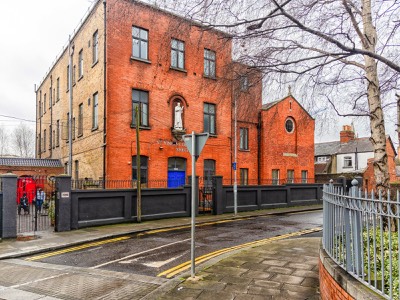
BACK LANE
-
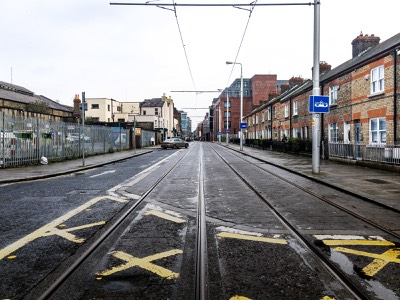
CHANCERY STREET
-
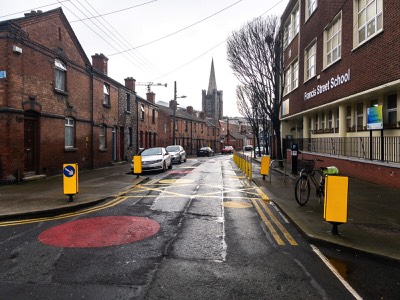
JOHN DILLON STREET
-
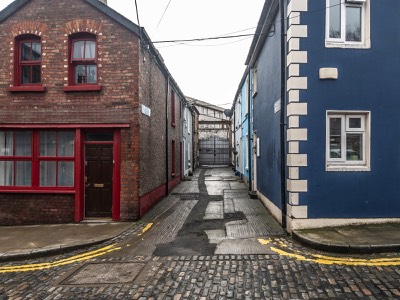
HANOVER LANE
-
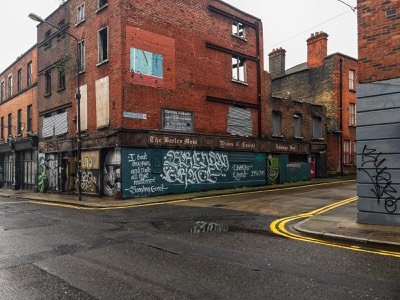
FRANCIS STRET
-
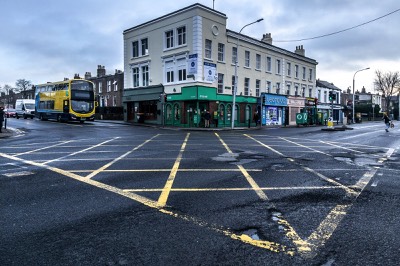
UPPER CLANBRASSIL ST
-

ORMOND SQUARE
-
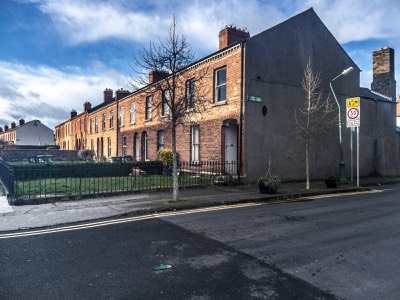
ULSTER STREET
-
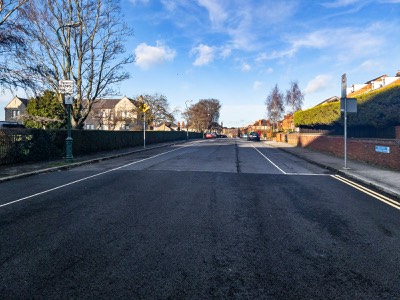
CRAWFORD AVENUE
-
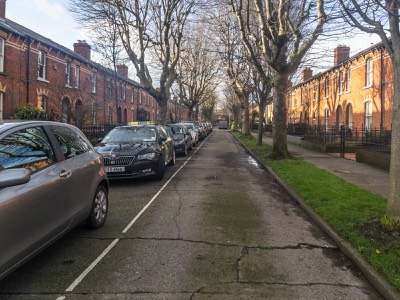
SHANDON DRIVE
-
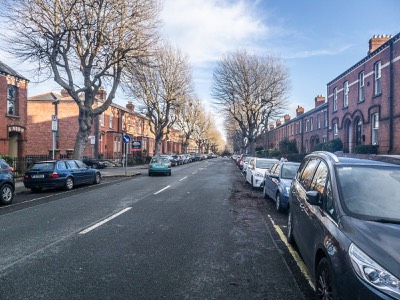
HOLLYBANK ROAD
-

LOWER DRUMCONDRA RD
-
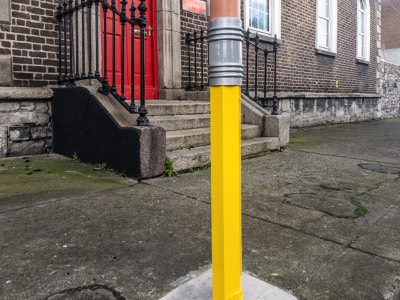
ST. MARY'S PLACE NORTH
-
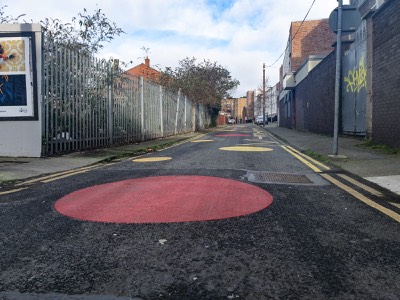
PARADISE PLACE
-
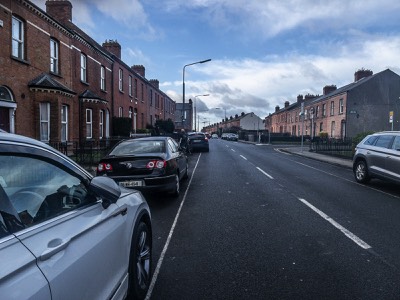
CONNAUGHT STREET
-
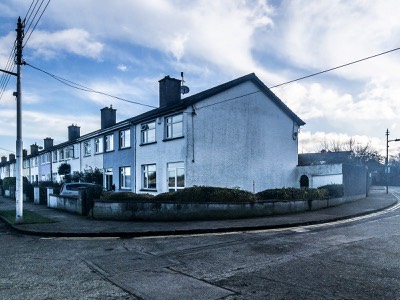
SHANDON GARDENS
-
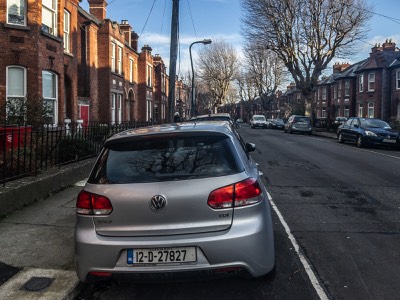
LINDSAY ROAD
-
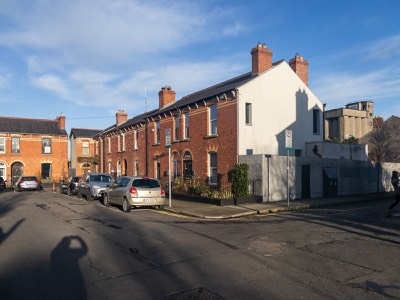
NORTH LEINSTER STREET
-
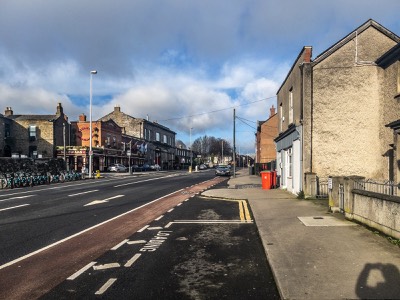
PHIBSBOROUGH ROAD
-
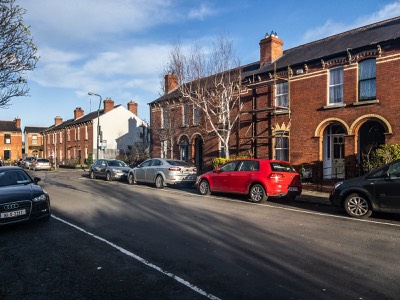
SHANDON ROAD
-
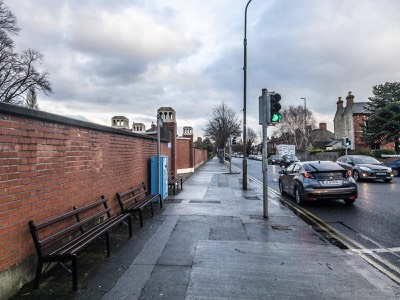
CLONLIFFE ROAD
-
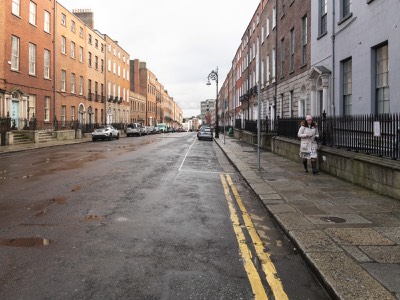
GREAT DENMARK ST.
-

RUSSELL STREET
-
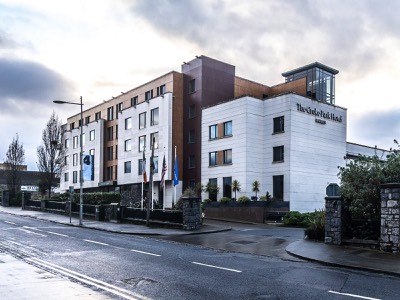
JONES'S ROAD
-
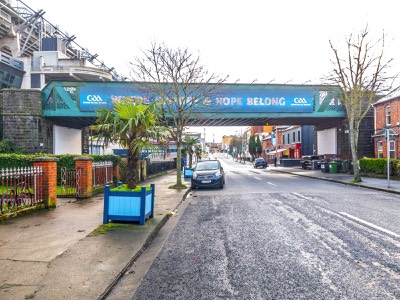
JONES'S ROAD
-
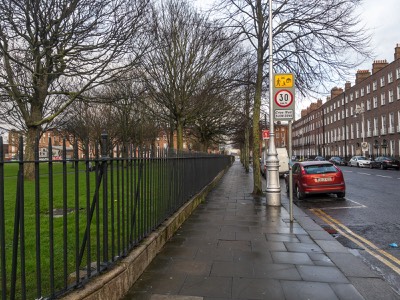
MOUNTJOY SQUARE
-
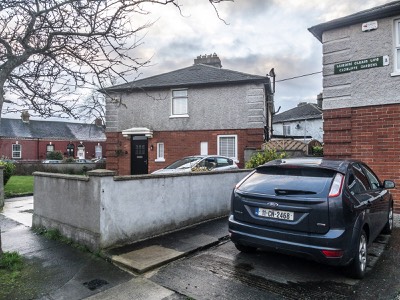
CLONLIFFE GARDENS
-
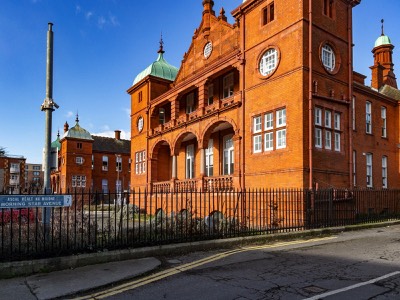
BRUNSWICK STREET
-
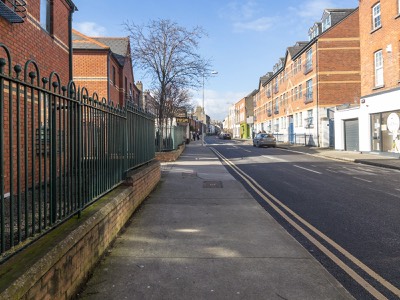
AUGHRIM STREET
-
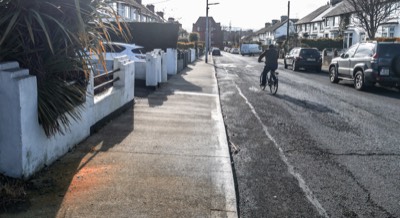
GLENBEIGH ROAD
-

DAVID'S TERRACE
-
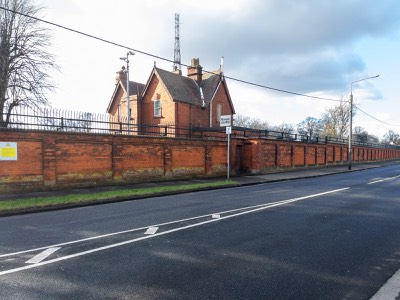
BLACKHORSE AVENUE
-

DRURY STREET
-
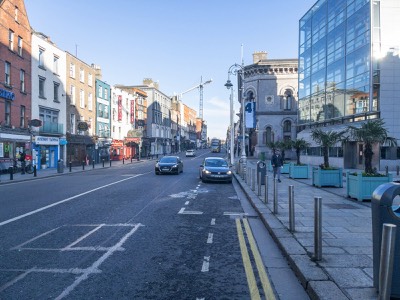
DAME STREET
-
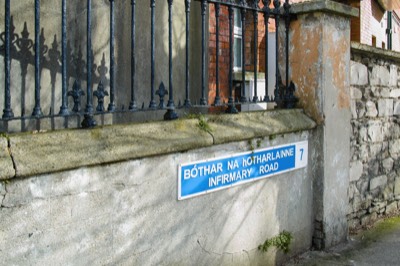
INFIRMARY ROAD
-
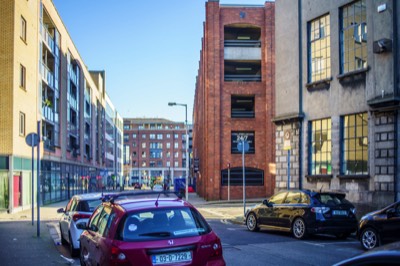
KINGS INNS STREET
-
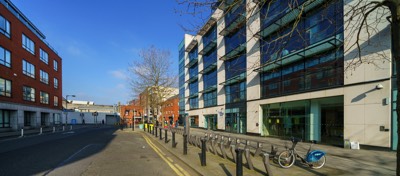
GEORGE'S LANE
-
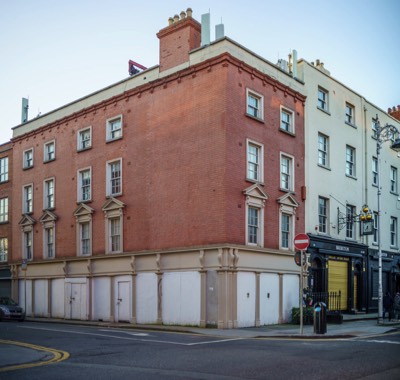
CAPEL STREET
-
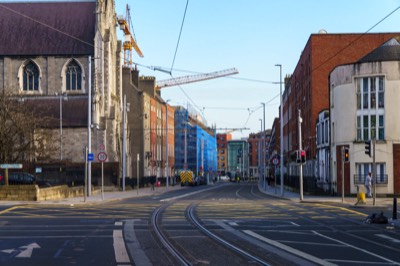
DOMINICK STREET
-

STABLE LANE
-
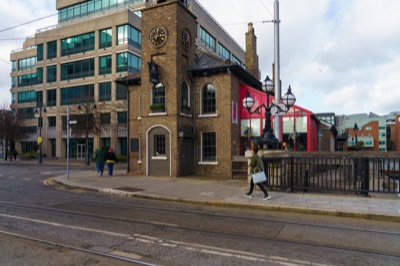
HARBOURMASTER PLACE
-
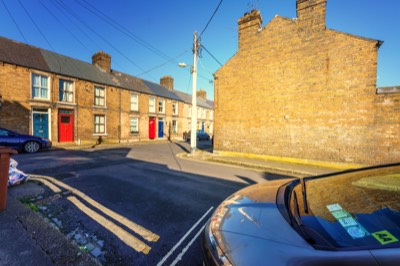
UUBURN STREET
-
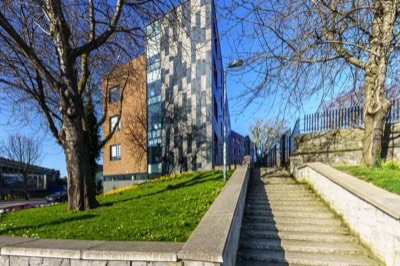
WESTERN WAY
-
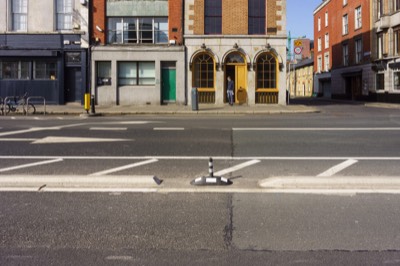
ORMOND QUAY
-

HENDRIK STREET
-

EAST ARRAN STREET
-
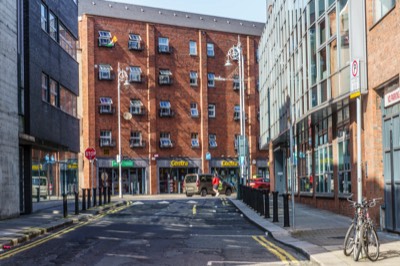
GREEN STREET
-
![AT LONG LAST [THE DOORS OF EAST PARNELL SQUARE]](
files/generatedThumb-62-3DE.jpg
)
PARNALL SQUARE EAST
-
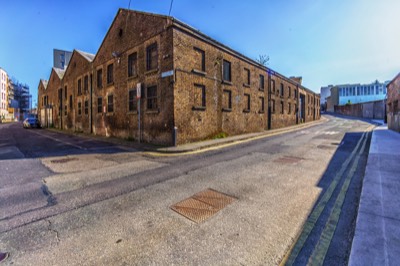
WATLING STREET
-
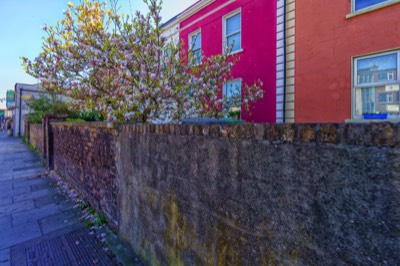
MANOR STREET
-
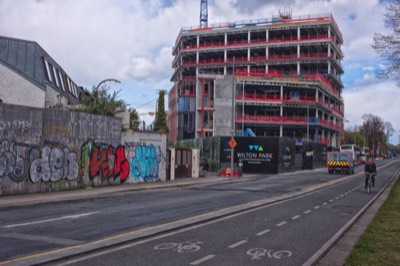
WILTON PLACE
-
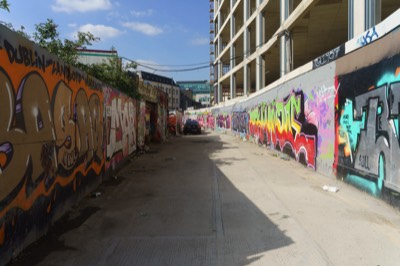
RICHMOND VILLAS
-
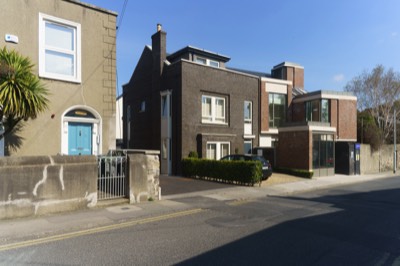
MOUNTPLEASANT AVENUE
-
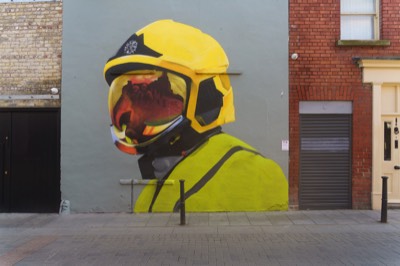
CAMDEN ROW
-
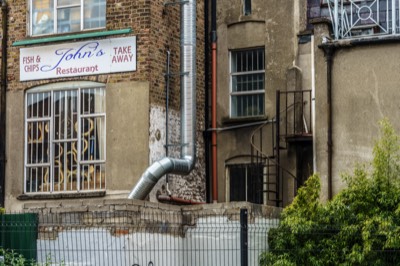
RYDER'S ROW
-
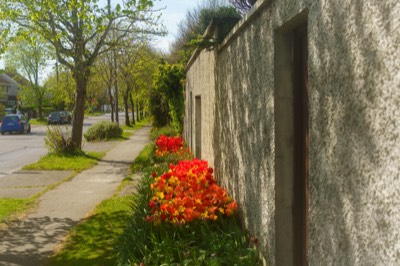
GRIFFITH AVENUE
-
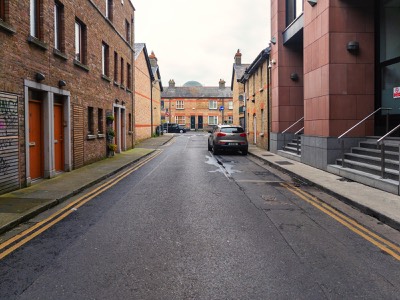
LITTLE STRAND STREET
-
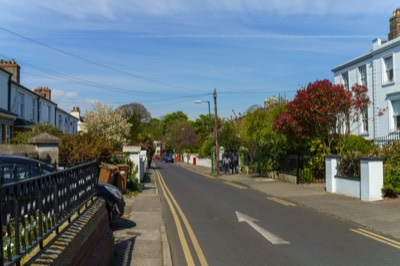
OAKLEY ROAD
-
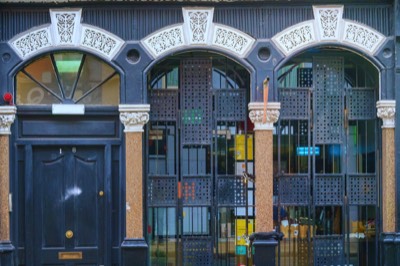
168 CAPEL STREET
-
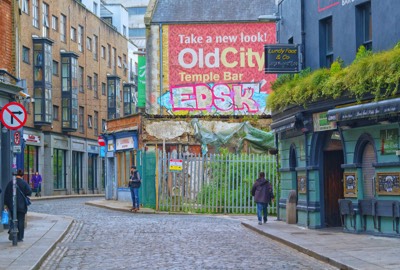
ESSEX GATE
-

ESSEX QUAY
-
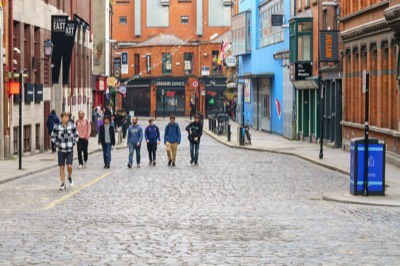
EAST ESSEX STREET
-
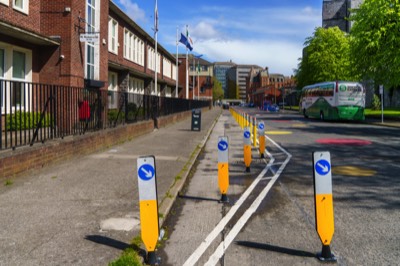
COOK STREET
-
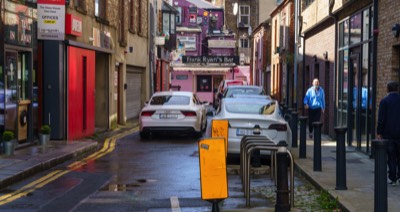
COKE LANE
-
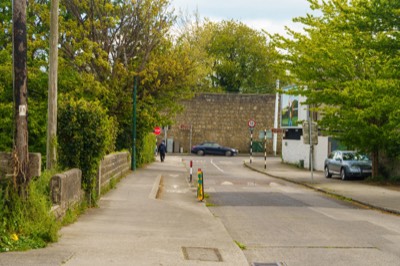
ST COLUMBANUS ROAD
-
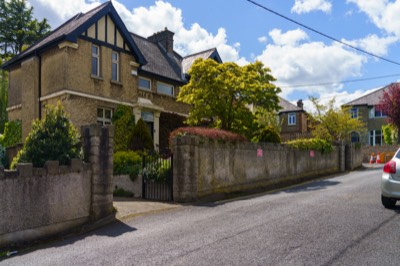
FRANKFORT PARK
-
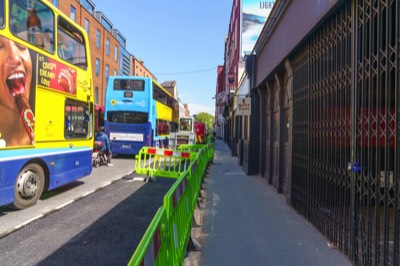
LR BAGGOT STREET
-
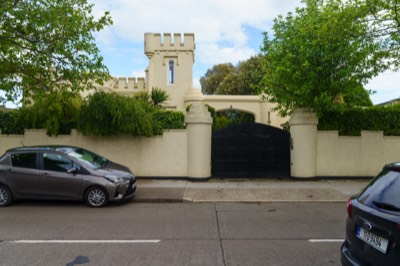
MOUNT PROSPECT AVE
-
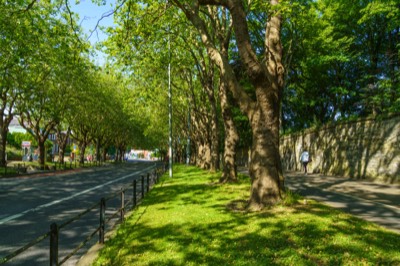
LEAFY STREET
-
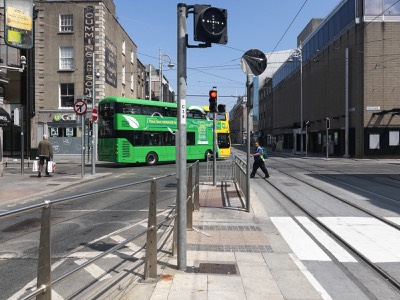
LR ABBEY STREET
COPYRIGHT INFORMATION BELOW APPLIES ONLY TO PHOTOGRAPHS

This work by William Murphy aka Infomatique is licensed under a Creative Commons Attribution-NonCommercial-ShareAlike 4.0 International License.
Permissions beyond the scope of this license may be available at https://excellentstreetimages.com/in-the-year-twentytwenty/copyright/.






















































![AT LONG LAST [THE DOORS OF EAST PARNELL SQUARE]](files/imgFull-62-3DE.jpg)






















